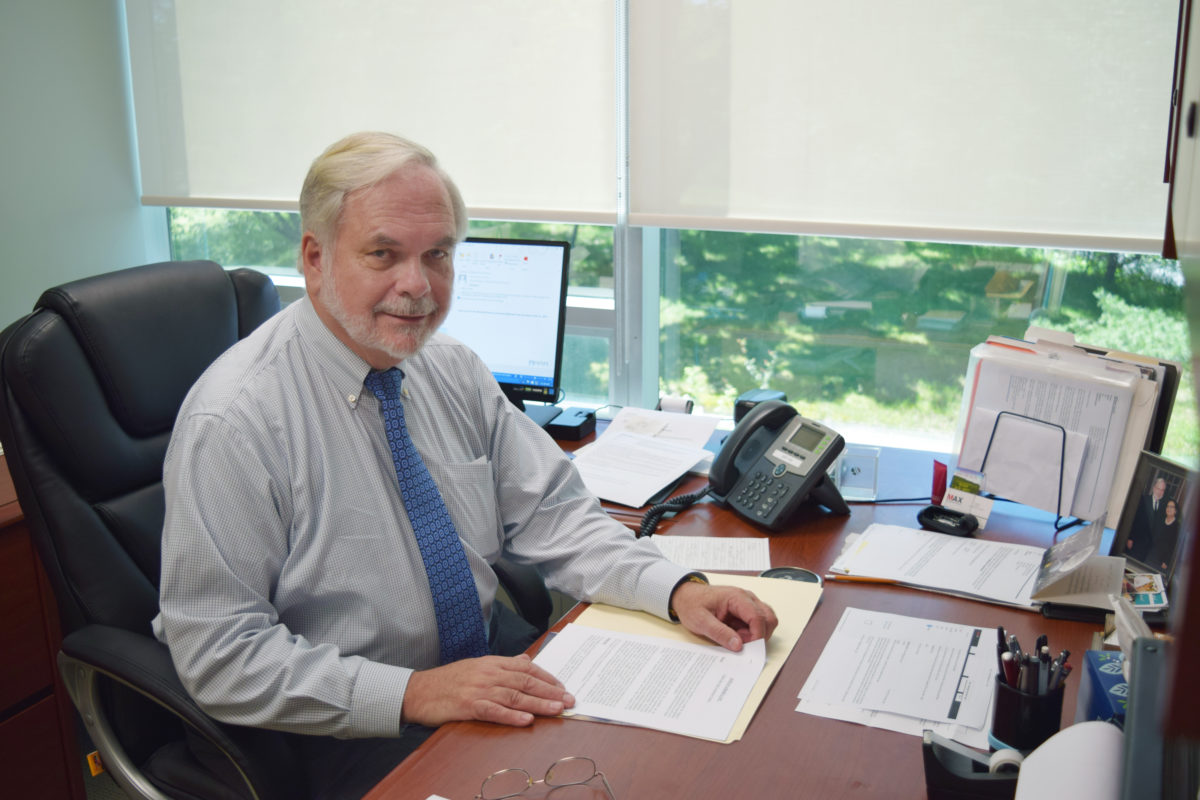Physiatry is not exactly a familiar profession, but Burke Rehabilitation Hospital intends to advance the little known yet vital branch of medicine with a residency program that will train the next generation of practitioners.
The hospital”™s name contains the clue that makes the profession recognizable. Think of occupational therapy, physical therapy and speech therapy. But the field, also known as physical medicine and rehabilitation (PMR), is much more.
Physiatrists are physicians who treat physical impairments affecting the brain, spinal cord, nerves, bones, joints, ligaments, muscles and tendons ”” everything from traumatic brain injury to tennis elbow.
“We maximize function and minimize pain,” said Dr. Karen Pechman, Burke”™s director of graduate medical education.
Physiatry is a young profession. The American Medical Association formally recognized the field as a specialty in 1946, though physicians had been practicing physical therapies for many years.
Burke opened in 1915 and has been at the forefront of PMR. The 150-bed hospital in White Plains treats a broad variety of injuries and diseases: stroke, spinal cord injury, brain injury, amputation, joint replacement, complicated fractures, arthritis, cardiac and pulmonary diseases and neurological disorders.
Patients typically are transferred from acute care hospitals once they have stabilized and are ready for intensive therapy. Besides physiatrists, the medical staff includes neurologists, internists, rheumatologists, pulmonologists and neurophysiologists.
Burke also operates outpatient facilities and a medical research institute. Last year 2,198 patients were treated at the hospital and 7,454 in outpatient settings.
In short, it”™s the ideal place to train the next generation of PMR physicians.
Burke had already been training residents from other academic institutions, mostly for rotations in the spinal cord and traumatic brain injury clinics.
Now Burke will train physicians in the full range of PMR in a three-year program.
A year ago, Dr. Mary Beth Walsh, Burke”™s CEO and executive medical director, charged the staff with creating the program.
“She”™s the driving force behind everything here,” Pechman said. “She”™s the kind of leader who thinks, ”˜What”™s going to be here after I leave?”™ She wants to make sure that Burke is this wonderful place doing wonderful things for patients forever.”
The Accreditation Council for Graduate Medical Education certified both the institution and the residency program.
Program administrator Michelle Kenny spearheaded the application process. Dr. Anne Felicia Ambrose is the residency program director.
Burke also got support for its program through its recent affiliation with Montefiore Health System and its pending affiliation with Albert Einstein College of Medicine.
The accreditation council gave Burke approval to train 12 physicians. The hospital is asking for approval for an additional three, for a total of five residents a year.
The first class ”” medical school graduates who have completed a one-year internship ”” will start in July.
Burke”™s case mix and patient load is hard to match, Pechman said. Residents will learn how to manage “anything that comes through the door.”
They will be put through rotations in every aspect of PMR, led by 15 attending physicians. The pediatric rotation will be overseen by Dr. Maria Pici, medical director at nearby Children”™s Rehabilitation Center in White Plains.
Every resident will do at least one major research project and present the findings at a national meeting. They will also do at least one quality and safety improvement project.
Pechman is still mindful of the rigors of her own residency training; her son is currently a surgical resident.
“So I want to make sure we take very good care of these residents and make sure they are supported and well-educated and enjoy being here.”
Burke will continue to train residents from other academic institutions who want to do specific rotations.
“We are constantly teaching,” Pechman said. “It”™s actually going to be so much fun. If I may be so brazen as to say, we”™re really good at what we do.”
Many of the residency program applicants got interested in PMR because they knew a physiatrist or they learned to appreciate the discipline when a family member was treated.
It”™s a field that “goes under the radar unless you need it,” Pechman said. When she was certified in PMR in 1987, there were only about 3,000 physiatrists in the county. Today there are maybe twice as many.
But she thinks the demand for PMR expertise is strong and growing.
It wasn”™t so long ago that a hip fracture in an elderly patient was ominous, making them prone to blood clots and pneumonia.
Now such injuries “need not be life-altering events,” she said.
Advances in PMR have enabled patients to return to work, overcome impairments, maintain quality of life and live longer.
“We”™re all living longer and we all want to be as active as possible for that entire time,” she said, “so there is an incredible need.





















